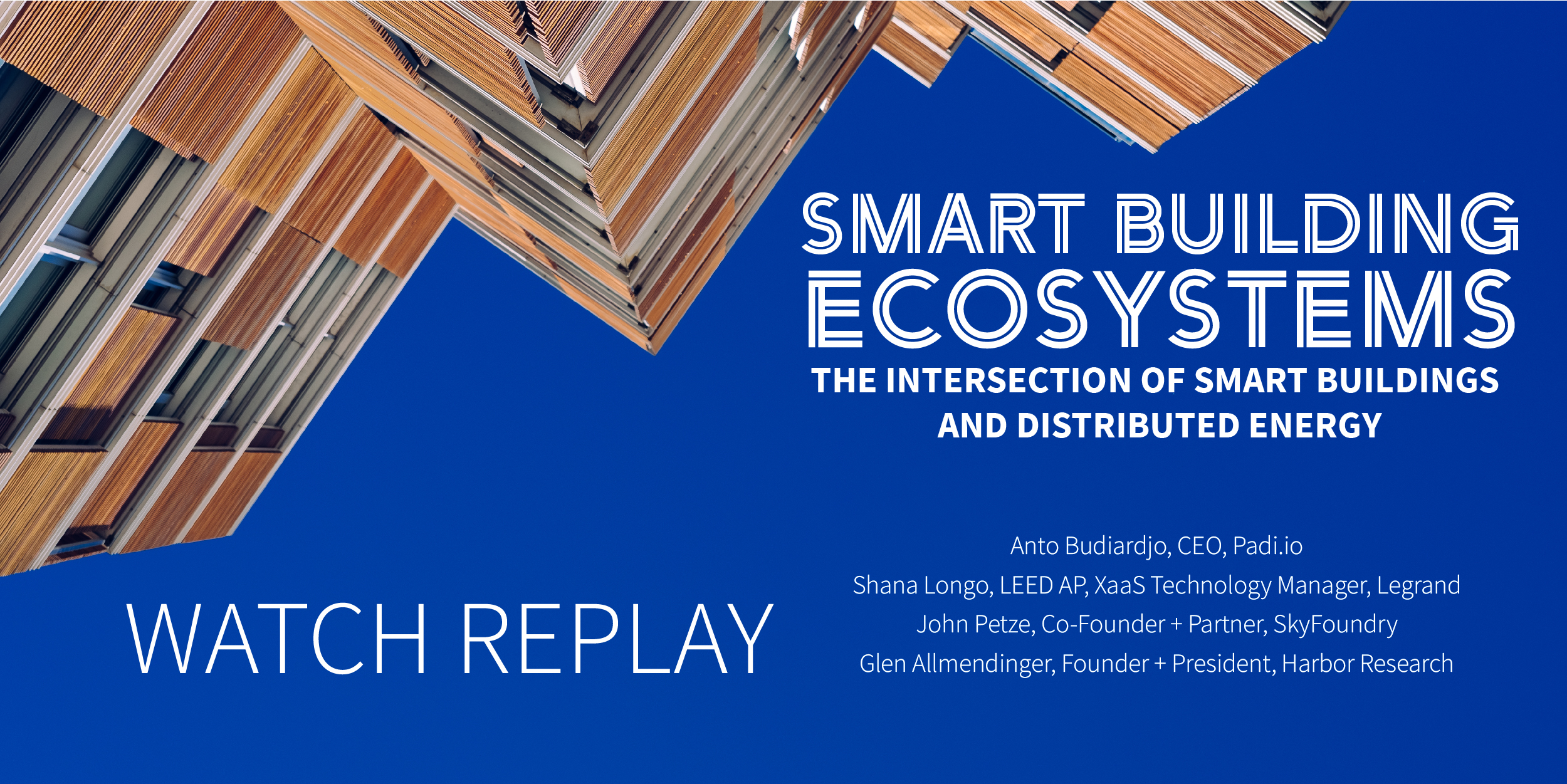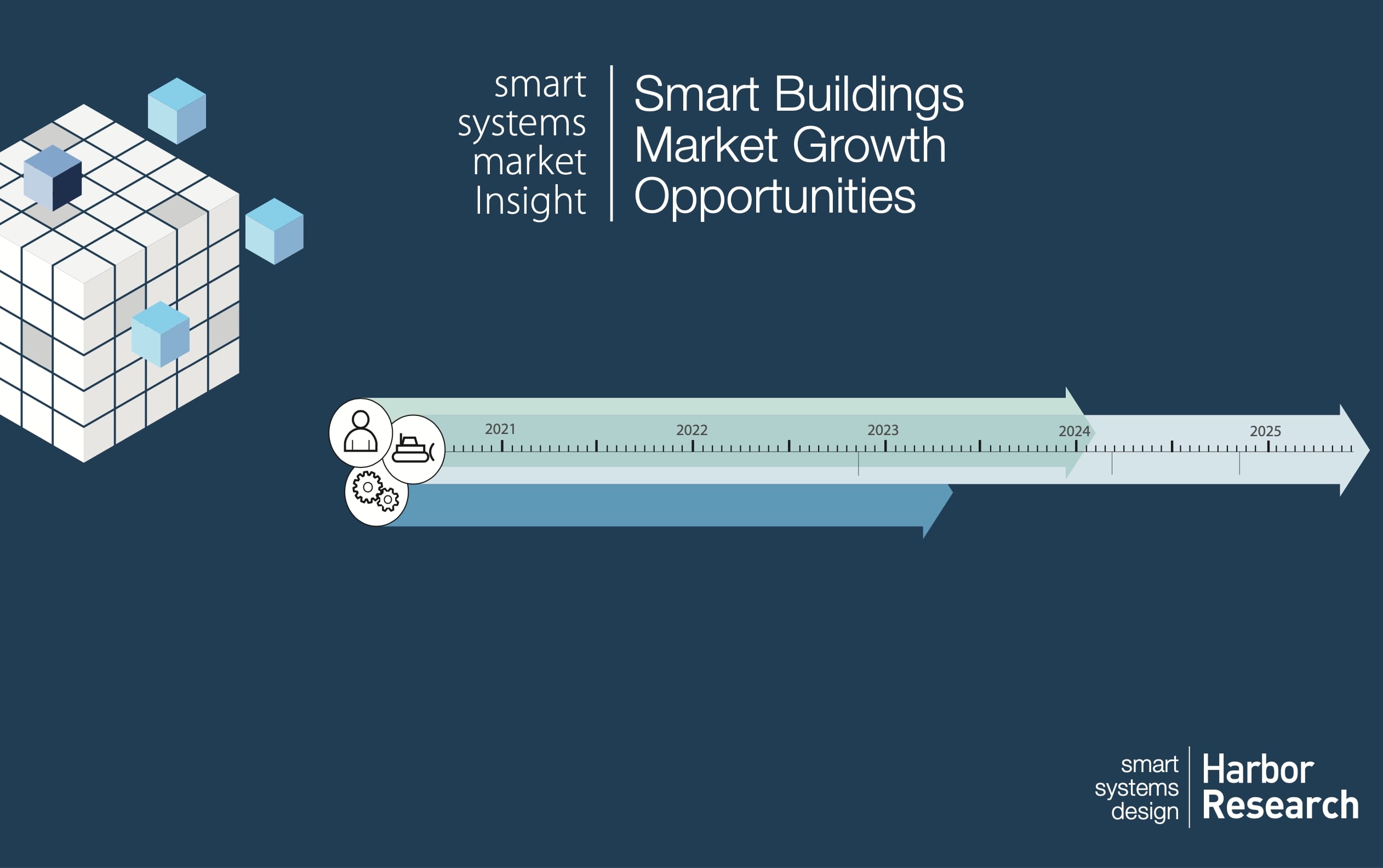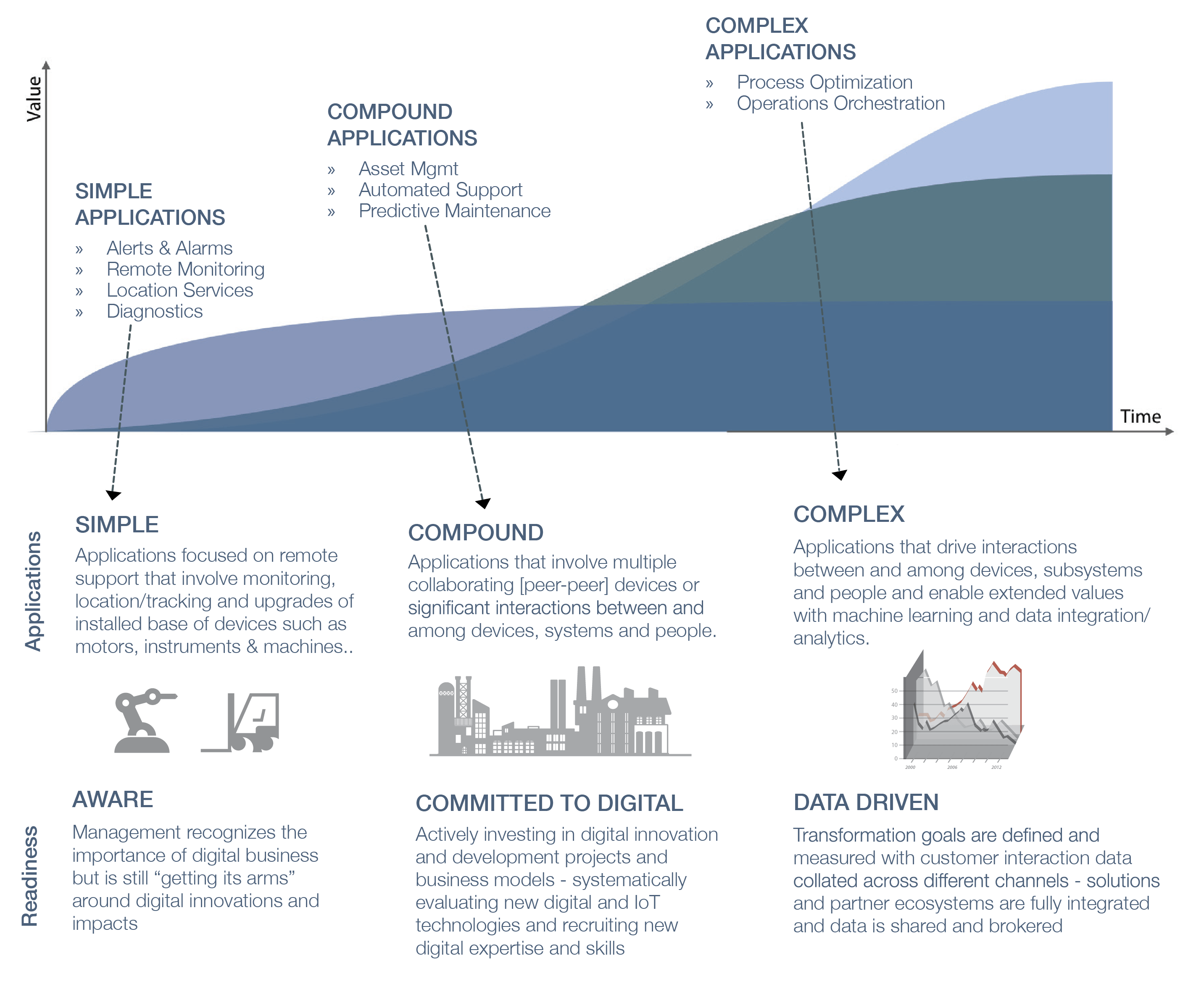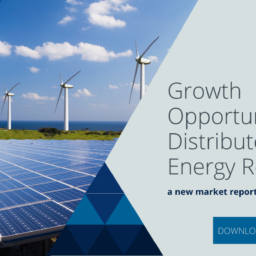It’s easy to poke fun at the financial sector, but the many participants of that ecosystem work together very efficiently with an array of new technologies that have revolutionized their world. If you drew a simple chart of the alignment of ecosystems, finance would be in the upper right, supply chain somewhere in the middle, and energy management systems all the way down in the lower right.
A DIZZYING ARRAY OF ENERGY ECOSYSTEMS
Regular readers of Harbor Research publications will be familiar with our refrain about the “simple, compound, and complex” evolution of Smart Systems technologies.
In this Lego-like story, the monitoring of simple sensor outputs grows into compound applications as those outputs combine to create a bigger and more interactive portrayal of a landscape. They finally become truly complex as the two-way nature of their data-streams, feedback and control structures allow greater reciprocal automation.
There is no better example of the complex phase than “smart buildings meets smart grids,” where many ecosystems must remain mutually open, interactive and reciprocal to allow real progress to take place. Unfortunately, the huge cast of characters in this drama does not know how to do this. In fact, most of the players cannot even agree on what it should look like.
This leads to what we usually call “the blind leading the vision impaired”—in this case a dizzying array of ecosystem participants—from governments and utility companies to architects, engineers, building owners and property managers—all acting out on stages full of emergent technologies that essentially put data centers inside every smart building. As the intelligence of these buildings rises, the legacy buffers between them and the grid continue to thwart the alignments required for a rational future.
A STORY OF MATURITY AND ALIGNMENT
The evolution from simple to complex requires that the involved technologies become both sufficiently mature and well-aligned. It’s easy, for example, to poke fun at the financial sector, but the many participants of the high finance ecosystem work together very efficiently using a dizzying array of technologies that have revolutionized their world. In fact, if you drew a simple chart of the alignment of ecosystems, financial would be in the upper right, supply chain somewhere in the middle, and energy management systems down in the lower right.
We wouldn’t claim that the underlying technologies in the Intelligent Buildings and Energy Management Systems (IBEMS) story are perfectly aligned, but they’re getting there.
For this reason, we advise our clients to position themselves for the impending alignment, because when it reaches them it will do so with a vengeance.
IBEMS consists of a suite of software and platform tools that leverage data from control and automation systems, metering infrastructure, distributed sensor networks, and external business intelligence and utility systems. The growing demand for greater visibility and control of energy usage and consumption has led to a consistent cycle of innovation and progress. IBEMS have evolved in parallel to building control and automation, providing a layer of power network applications designed to drive down overhead costs and meet corporate-defined carbon emission goals.
As Intelligent Buildings mature, energy management practices and systems must inherently work closely with automation and controls systems, allowing for automated adjustments to appliances to better manage energy and leverage Distributed Energy Resources (DERs).
WHAT A NEW BUSINESS MODEL REQUIRES
We often say that new technology models must be matched by new business models. Thus it is not surprising that solutions to all of the above issues are arising in the new business model of grid-interactive efficient buildings. GEBs can predict their energy needs and communicate them to external grid operators allowing for better demand response.
In the future implied by the GEB model, each ecosystem participant has a role to play—both in their own self-transformation and in the overall cooperation with other players.
IBEMS software providers must stop developing their applications in siloes. First, they should promote the adoption of a common IBEMS naming standard which over time can position them to offer more advanced applications. After that they need to develop their systems either as modules/add-ons to existing BAS/BMS applications, or at the very least ensure easy interoperability between their applications and building controls systems.
For OEMs, the value of building appliances and equipment will shift to the software and services that leverage the data that these systems produce. Although it might seem counter-intuitive in the near term, breaking up closed ecosystems and enabling “plug-and-play” based interoperability between devices and systems will help spur the overall IBEMS market and incentivize operators to purchase more complex, expensive systems over time.
For utility operators, IBEMS is not just a new revenue opportunity—it is a necessity for survival. Disrupted by sustainability demands and aging, expensive infrastructure, utilities must significantly change their business models if they are to survive long into the future. To accomplish this, utilities need to integrate DERs and invest in demand-response programs.
Finally, all parties, including building designers, owners and managers, must embrace the new business model of grid-interactive buildings (GEBs) which requires close collaboration and two-way data sharing between utilities and buildings. In addition, they must evolve to incorporate onsite generation and energy storage, which will reduce energy consumption from the grid while providing a more resilient non-interruptible source of electricity. ◆
This essay is supported by Harbor’s Market Insight, “Smart Buildings Market Growth Opportunities” and our webinar, “Smart Building Ecosystems: The Intersection of Smart Buildings and Distributed Energy.”
Fill out the form below to download the entire presentation and access the webinar replay for free.










